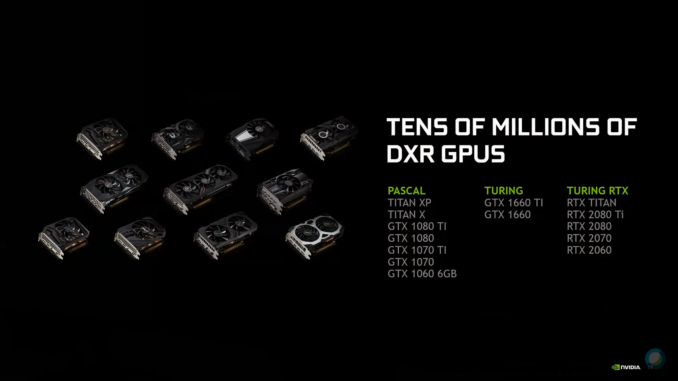
On the GTC keynote Nvidia announced to activate DXR also on GTX graphics cards. All GPUs starting with the GTX 1060 6G are now capable of raytracing.
Raytracing does not necessarily need raytracing hardware
Since the introduction of the Turing generation there has been one word on everyone’s lips: raytracing. The ray calculation enables significantly better effects in terms of incidence of light, reflections or illumination compared to rasterization. However, this has its price, because it requires its own hardware in the form of tensor and RT cores, which Nvidia provides with the RTX graphics cards. At least many thought so.
At yesterday’s keynote speech at the GTC, Nvidia CEO Jensen Huang announced that in the future DXR will also be supported with the GTX graphics cards of the Pascal and Turing generation. All graphics cards starting with the GTX 1060 6G of the Pascal generation soon master raytracing via DXR. Nvidia wants to bring the technology to the masses and push the development of raytracing effects in games.
Some games benefit from RT cores, some don’t
Raytracing is in general not yet to be found in many games. The only game with support for the technology is currently Battlefield 5, while support is planned for Metro Exodus and Shadow of the Tomb Raider. Some more games are still planned and more or less rely on the ray technology. In a demonstration prior to the presentation, Nvidia then explained the differences in implementation. For example, some games benefit much more from the RT cores, while some games hardly benefit at all from them.
The GTX 1080 Ti achieves with activated RT effects on WQHD in Metro Exodus just under 20 FPS, the RTX 2080 without activated RT cores a good 25 FPS. With activated RT cores the performance doubles to about 50 FPS, with activated DLSS via the tensor cores to just over 60 FPS. It’s different at Battlefield 5. The game runs on the GTX 1080 Ti with activated raytracing already at 45 FPS. The RTX 2080 without RT cores reaches just under 60 FPS, with activated RT cores just over 60 FPS. Only DLSS via the tensor cores brings the GPU to a good 75 FPS and thus a noticeable difference. In Battlefield 5, the difference between GTX 1080 Ti and RTX 2080 is the smallest. In Shadow of the Tomb Raider the RT cores already play a bigger role because they make a difference of 10 FPS (40 without and 50 with). The biggest difference is in the Port Royale benchmark of 3DMark. Here the performance is tripled by the RT cores.
More Raytracing in Games
The games that currently support DXR are of course still optimized for Nvidia’s Tensor and RT cores (or not, see Battlefield 5). With the now massively increased number of graphics cards with DXR support, the incentive for developers to integrate raytracing effects into their games is of course much higher. Many of the current effects also run smoothly over the usual shaders. Crytek also recently presented a demo of the CryEngine with voxel raytracing calculated on a Radeon RX Vega 56. This shows that the ray calculation does not necessarily need its own hardware.
Nvidia did not specify when the update for the DXR support of the GTX graphics cards will be released. However, it should be “very soon” so far. So at least the high-end graphics cards will soon be suitable for DXR in some games. Maybe in the future there will also be games with raytracing effects that even the small graphics cards can create.

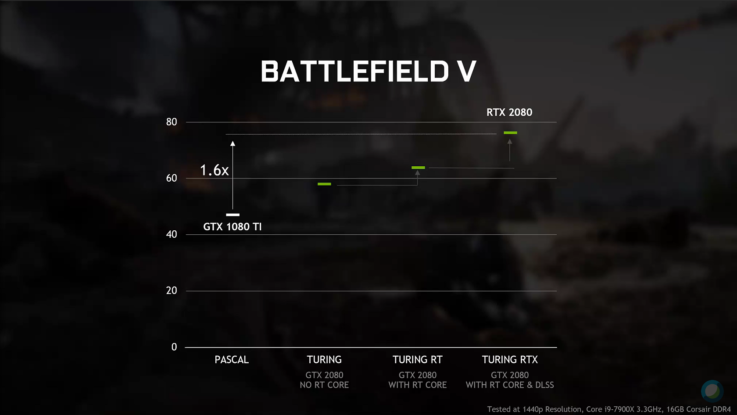
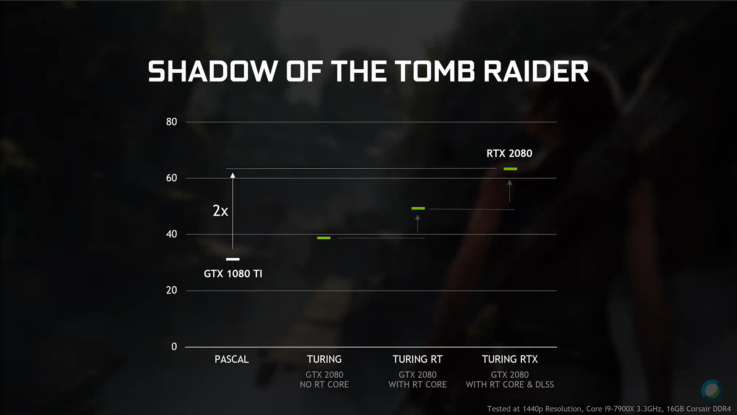
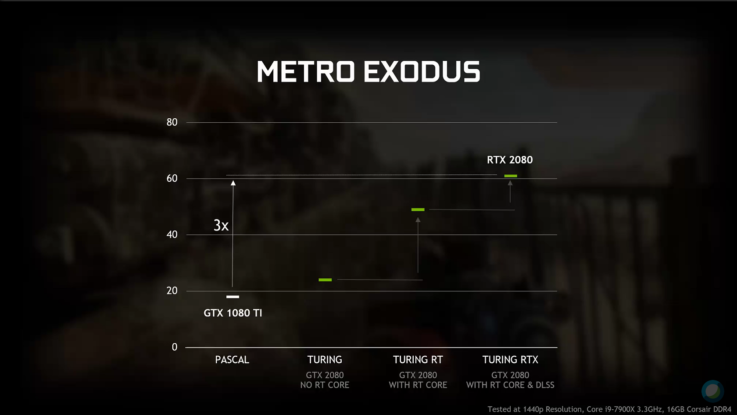
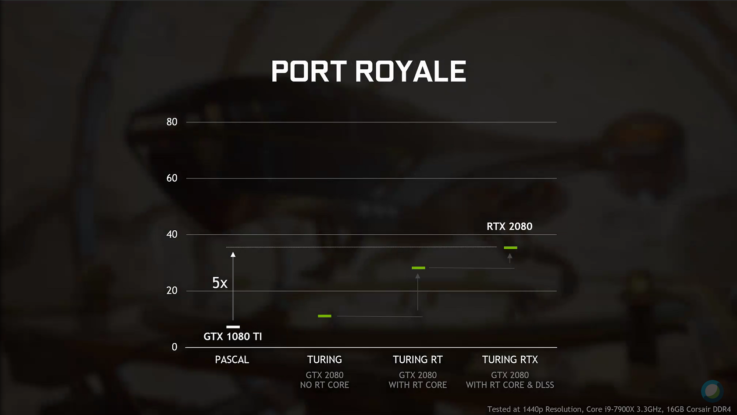
Be the first to comment